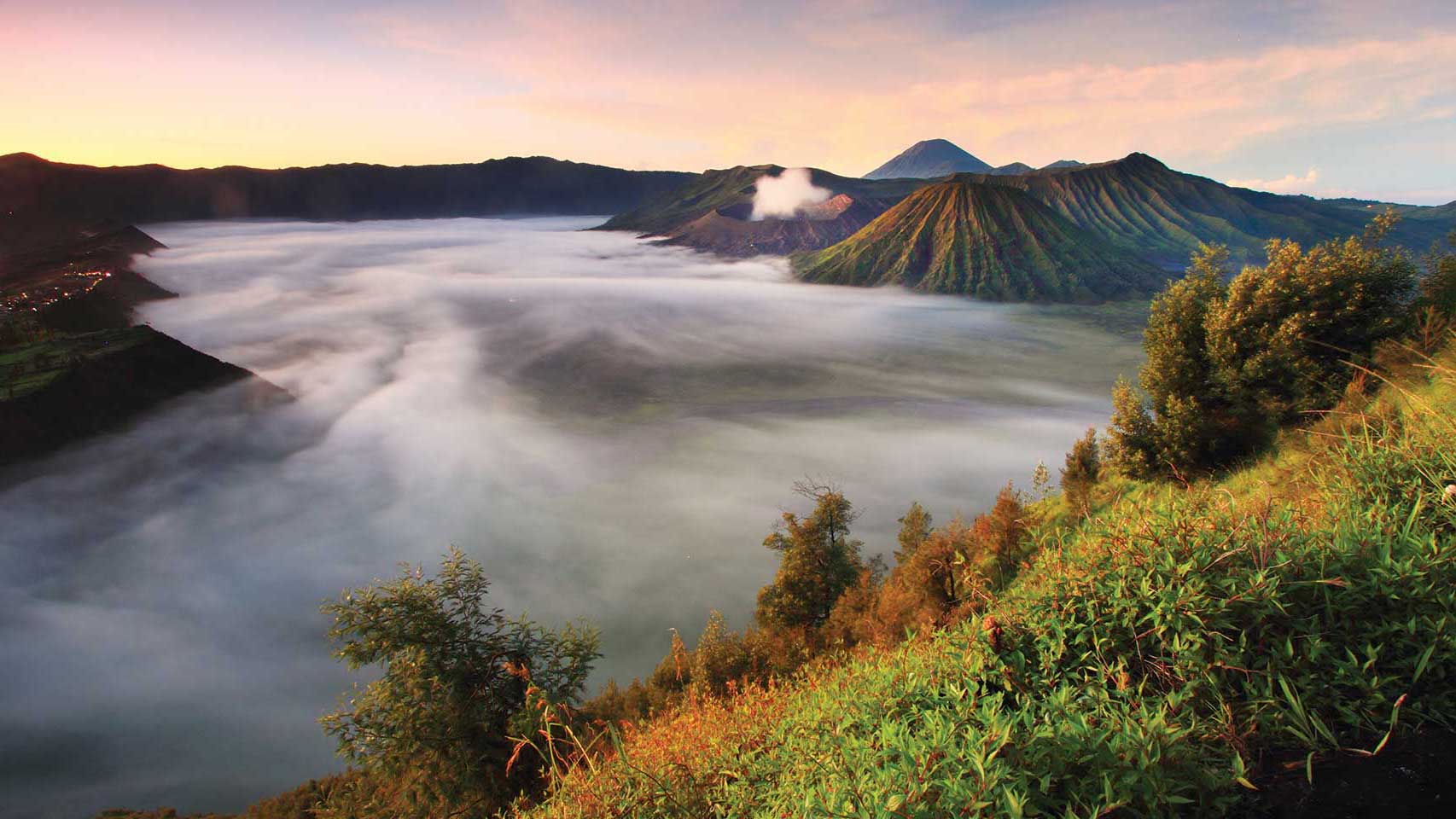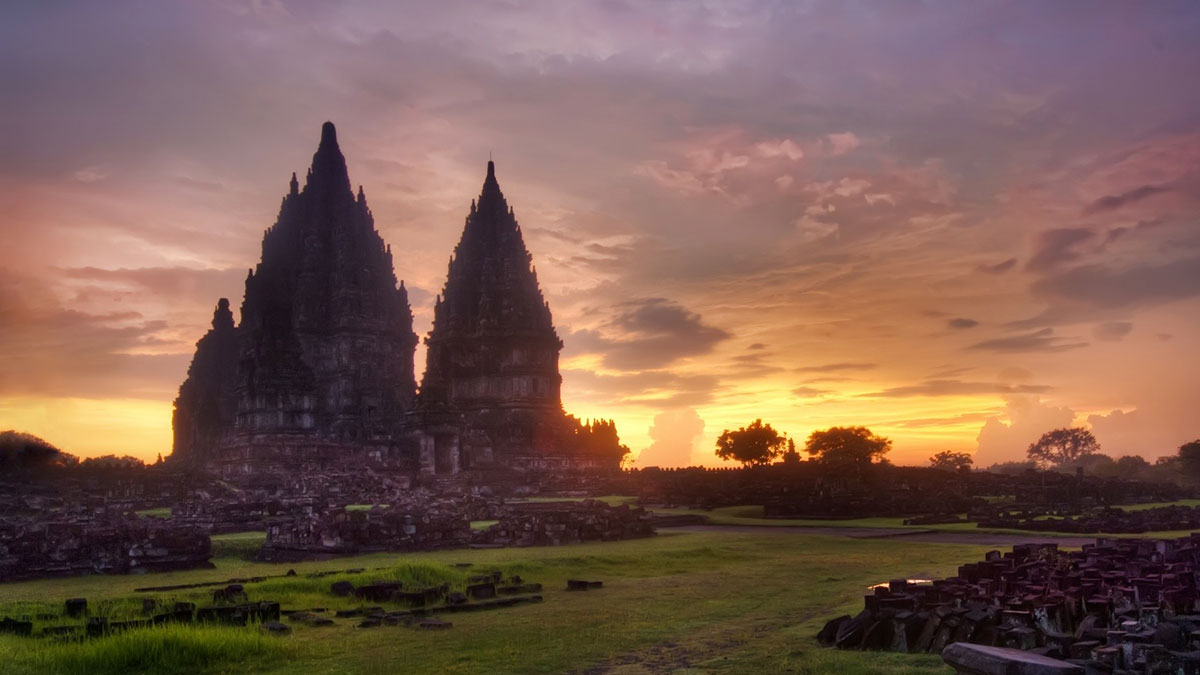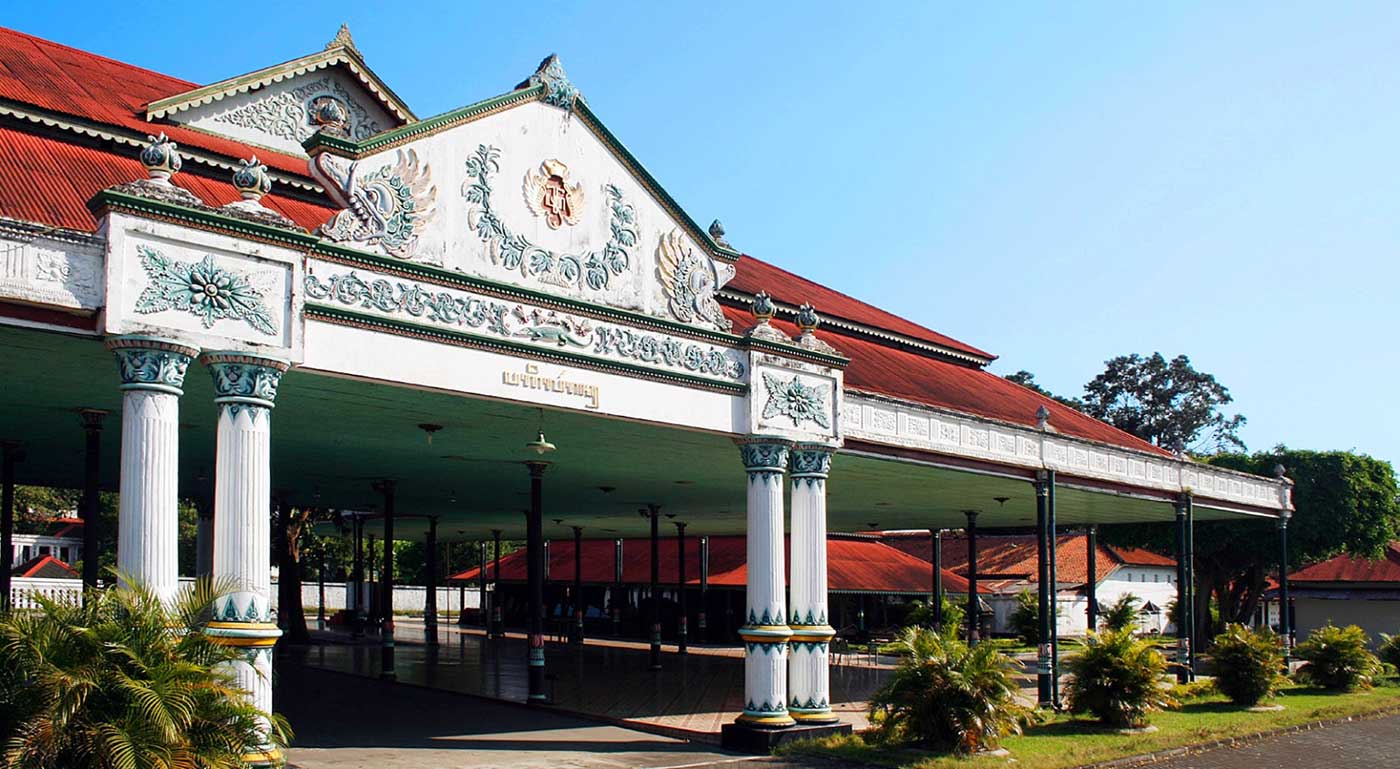The richest, most lush and most densely populated of Indonesia’s countless islands, Java has an extraordinary diverse landscape, from towering volcanoes to dense forest, manicured rice paddies and teeming cities. Java is the site of Indonesia’s capital city, Jakarta, as well as the Central Javanese cultural capital city of Yogyakarta. Once the center of powerful Hindu kingdom, Islamic sultanates and the core of the colonial Dutch East Indies, Java now plays a dominant role in the economic and political life of Indonesia.
Measuring 620 miles long and 40,125 miles wide, the island of Java was formed by a long and active history of volcanic activity. Java is the 13th largest island in the world and the fifth largest island in Indonesia. This facinating island has long been a melting pot of religions and cultures, creating a broad range of religious belief through the ages. Influences frim India arrived first with Hindu Shivaism and Buddhis penetrating deeply into society, blending with indigenous tradition and culture. Islam next entered Java in the early 11th century, grew steadily and today 90% of Javanese people are Muslims. This ancient and diverse cultural heritage still remains in the form of many important archaeological and colonial sites, the foremost being World Heritage site Borobudur in Central Java.
Java also produce the world’s finest batik textiles (the word is derived from Javanese meaning fine point, but in practice means wax). Batik is used for everyday attire as well as formal clothing and for decorative purposes. Other particularly outstanding Javanese art forms include dance, music, sculpture and painting.
Java is the political, geographic and economic center of Indonesia. With an area of 132,000 sq km, Java is a little over half the size of the island of Great Britain, but its population of 115 million is almost double Britain’s. Java is divided into four provinces : West Java, Banten, Central Java and East Java. Yogyakarta is located in the southern part of Central Java and has a special privilege to be a special region.













